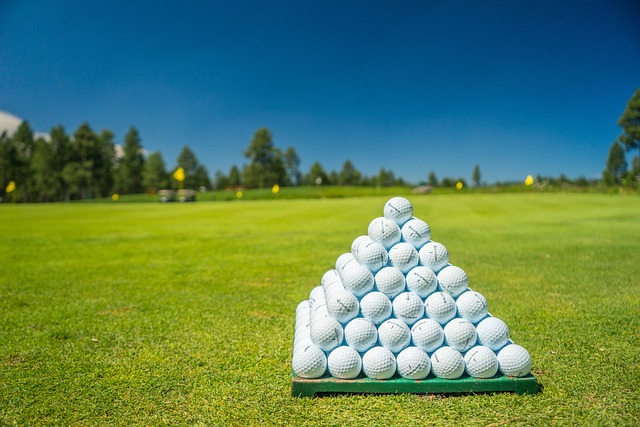Golf Equipment: Guide to Clubs, Balls, and Bags
Choosing the right golf equipment influences how you play, practice, and enjoy the game. From the set of clubs in your bag to the type of golf balls you use, each element affects distance, accuracy, feel, and durability. This guide breaks down key categories—clubs, golf balls, golf bags and overall golf equipment—so you can make informed choices whether you are buying your first set, upgrading a component, or caring for gear you already own. The aim is practical information about features, fitting, and maintenance that applies across skill levels and playing conditions.

golf: What to know before buying
When selecting golf equipment, begin by assessing your goals and playing frequency. Casual players who visit the course a few times a month often prioritize durability and ease of use, while regular players may focus on fit and performance nuances. Consider local services for club fitting, demo days at ranges, and the types of courses you play—short, links-style, or long championship layouts influence shaft flex, loft choices, and ball selection. Also account for weather and terrain: moisture and sand exposure call for different maintenance and gear choices than dry, parkland courses.
clubs: Types and fitting basics
Clubs are the most complex part of golf equipment: drivers, fairway woods, hybrids, irons, wedges, and putters each serve distinct roles. Clubhead design, shaft flex, length, and grip size affect swing mechanics and shot outcomes. A custom or semi-custom fitting session can reveal whether you need stiffer or softer shafts, different loft angles, or altered lie angles for better contact. Beginners often benefit from forgiving cavity-back irons and a hybrid or two instead of long irons. Consistent swing data and a few fitting sessions help refine a set that matches physical attributes and swing tendencies.
golf balls: Construction and performance
Golf balls vary by construction (two-piece, three-piece, multilayer) and cover material (surlyn, urethane). Two-piece balls are durable and offer predictable distance, making them common among beginners and distance-focused players. Multilayer urethane balls provide more spin control and softer feel around the greens, preferred by experienced players who can take advantage of shot-shaping and spin rates. Ball compression and cover stiffness tie into swing speed—faster swings often pair well with higher-compression balls. Try a few types on the range to see how spin, feel, and distance respond to your swing.
golf bags: Styles and features to consider
Golf bags come in cart, stand, and carry-only designs, each optimized for a method of transport and set organization. Cart bags are larger with more pockets and better support for long sessions; stand bags are lighter with built-in legs for walking players; Sunday or carry bags are minimal for quick practice or short rounds. Look for adequate club dividers, secure pockets for valuables, insulated pockets for beverages, and durable materials if you play in wet conditions. Weight, strap comfort, and compatibility with golf carts or trolleys are practical considerations that affect how often you’ll carry or rely on local services for bag repairs.
golf equipment: Maintenance and storage
Proper maintenance extends the life of clubs, golf balls, and bags. After each round, wipe clubfaces clean to prevent rust and preserve grooves; check grips for wear and replace when slick; store clubs in a dry place to avoid shaft corrosion. Rotate golf balls if you keep favorites for play; scuffs and cuts affect aerodynamics and spin consistency. For long-term storage, loosen straps on bags and keep them upright in a ventilated area. Regularly inspect zippers and seams and address small repairs promptly to prevent larger failures. Routine care improves performance and reduces replacement needs.
Conclusion
Understanding the roles and differences among clubs, golf balls, and golf bags makes it easier to choose equipment that matches your game and playing habits. Focus on fit, try gear in real conditions when possible, and maintain items to protect performance over time. Thoughtful selections and simple upkeep help create a consistent on-course experience without unnecessary expense or frequent replacements.






